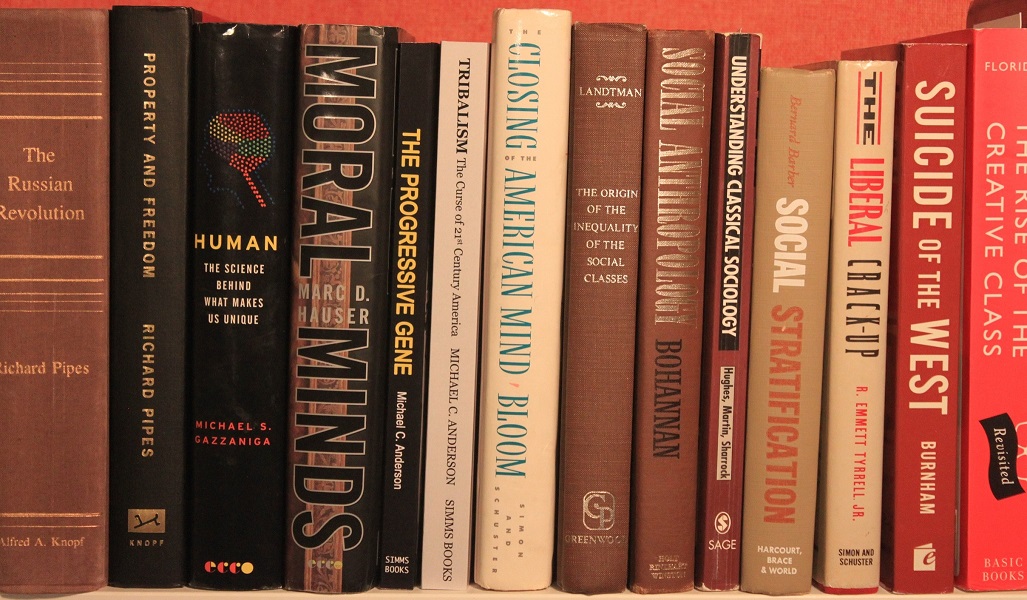Problem 1
The death of George Floyd on May 25th brought to
the surface, once again, the problem of police brutality in America. It was a
case of murder on TV -- so egregious no one could ignore it.
The reaction in Minneapolis and across the nation was swift
and widespread. Protests were organized in all the major cities and launched
the same day. “Why does this keep happening, asked the American people? Why can’t
it be stopped?”
It’s obvious at this point that police training has failed and
penalties for misconduct are inconsequential. It’s time to fix these problems because
there is no excuse for not doing so. Criminal behavior appears to infect only a
small minority of the police force, perhaps 5-10%, so the problem is easier to
fix than if it were more widespread.
There are three parts to the fix: better psychological evaluation
of recruits, better training, and more severe penalties for misbehavior. Police
recruits already take a psychological profile test. It would be interesting to
know how the test results are evaluated, but no one has access to that
information. It would also be interesting to know how officers accused of misbehavior
performed on the test. Were the indications of a future problem? That would help
determine whether the tests have any value. Second, police training should include
a strongly presented demonstration of prohibited behavior, such as choking and
overuse of force on a victim. Recruits should sign a document that they will
not engage in prohibited tactics. Penalties of misbehavior should include suspension
and expulsion based on repeated offences.
The House of Representatives will be introducing a bill this
week to address some of these issues. One part of the bill changes the standard
for misbehavior from “willfully” violating a person’s rights to “knowingly or
with reckless disregard” violating a person’s rights. The current provision
places the burden of proof on the prosecution to show intent, which is a tough standard.
There is also talk of defunding police forces in different
cities including Minneapolis. As crazy as this seems, I support the concept being
on the table as a tool to force action. It is my firm belief that all human
institutions become corrupt over time and cannot be reformed without radical
change. Other examples of this corruption include universities and public-school
systems. Usually, there are powerful lobbies that prevent reform. Those lobbies
have to be overcome through public pressure.
Problem 2
The riots. An unfortunate result of the Floyd protests was
the subsequent riots and looting that devastated parts of Minneapolis, including
Black businesses. The perpetrators of this criminal activity robbed legitimate
protestors of the spotlight, blunting the strength of their message. The rioters
pursued their own ends without regard for whom they were impacting. The destruction
of Black businesses pushes the affected neighborhoods deeper into a economic
hole and postpones their opportunity to make progress.
Who were these perpetrators? Most likely multiple actors,
including anarchists, criminals, and opportunists. The anarchists are bent on
tearing down the institutions of America, hoping to cause a revolution against
the American government and way of life. Anarchists have been with us, as
organized groups, since at least the early 1800s. They reject all forms of hierarchy
and wish the destroy the state, thinking the result will be freedom for the
people. President William McKinley was assassinated by an anarchist.
The criminals were seeking profit, taking property for
resale. Public anger provided the spark for them to come out of the woodwork
and commit their crimes. The third group, the opportunists, are always present.
They do not usually lead the way in riotous situations, but show up to join in
on the spoils.
The riots and destruction hurt the protestor’s cause in a
second way. They create anger among those who strongly believe in law and order,
so it becomes easy to blame the protestors for the destruction even if they
weren’t involved. In situations like this, the messaging coming out of law and
order types should be carefully focused on the perpetrators rather than the
protestors. Having said that, many municipalities have done a poor job of
responding to the riots and looting. Public safety has to start with law and
order or there is anarchy. Polls taken since the Floyd’s death show that a high
percentage of Americas want cities to do a better job of keeping law and order.
It’s a strange twist that it’s the police department that
has that job.

No comments:
Post a Comment